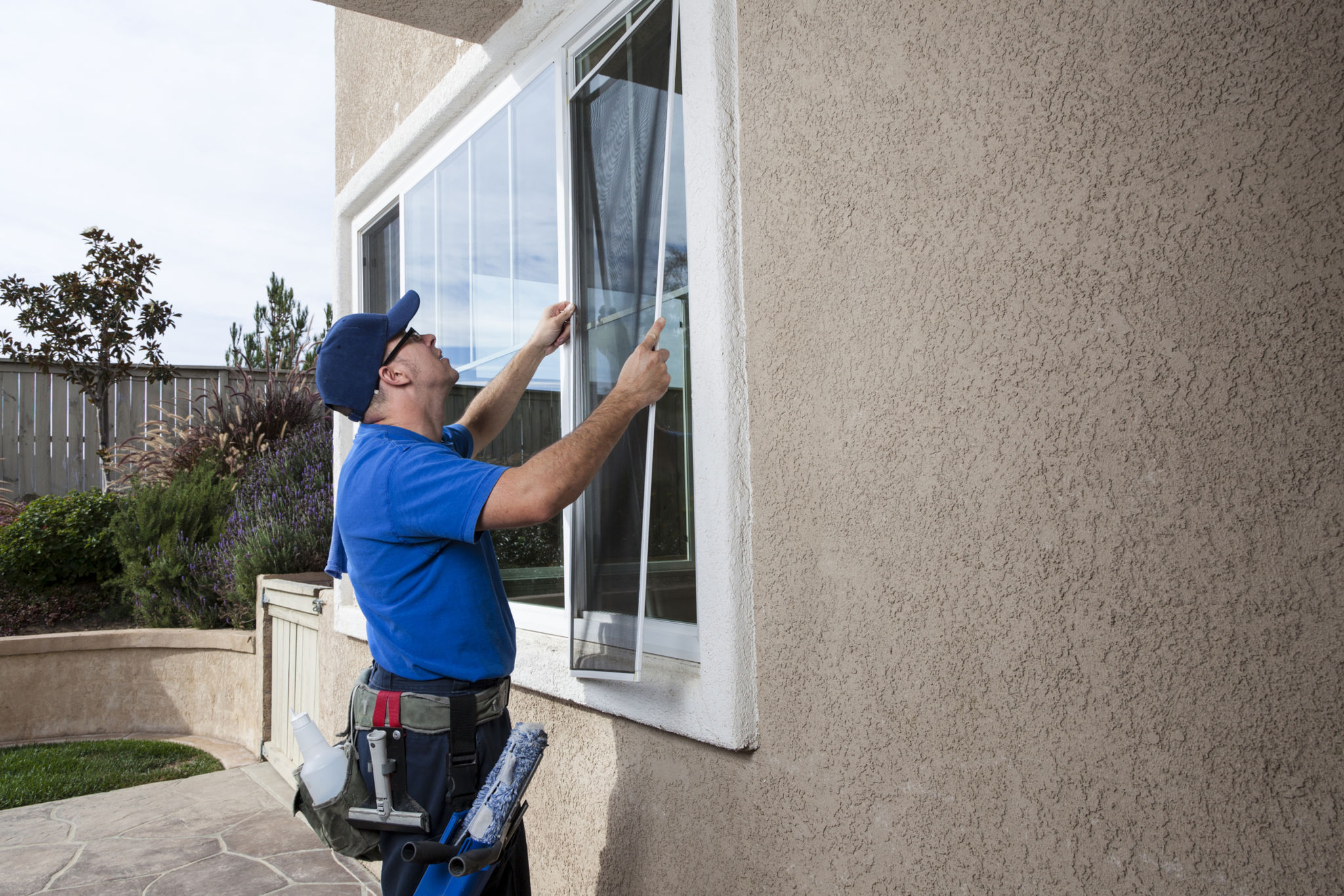How to Choose the Right Replacement Screens for Your Home
JD
Understanding the Importance of Replacement Screens
Replacement screens are an essential component of any home, offering protection against insects while allowing fresh air and natural light to enter. Choosing the right replacement screens can enhance your home's comfort and energy efficiency. With a variety of materials and styles available, it's important to understand your options to make an informed decision.
The right screen can also improve your home's aesthetic appeal, providing a seamless transition between indoor and outdoor spaces. Whether you're replacing a worn-out screen or upgrading to a more modern option, your choice can significantly impact both functionality and appearance.

Types of Screen Materials
Fiberglass Screens
Fiberglass screens are among the most popular options due to their durability and affordability. These screens are resistant to rust and stains, making them ideal for various climates. They are flexible and easy to install, but they may not be as strong as other materials.
Aluminum Screens
For those seeking a more durable option, aluminum screens are an excellent choice. They are strong and resistant to corrosion, though they might dent more easily compared to fiberglass. Aluminum is particularly suited for areas with high traffic or where pets might come into contact with the screen.

Polyester Screens
Polyester screens are known for their strength and resistance to damage. They are a good choice for homes with pets or children, as they can withstand more wear and tear. Additionally, polyester screens offer great visibility and airflow.
Considerations for Selecting the Right Screens
Climate and Environment
The climate in your area plays a crucial role in the selection process. For humid regions, rust-resistant options like fiberglass or polyester are preferable. In contrast, aluminum screens might be better suited for drier climates.
Purpose and Functionality
Consider what you need from your screens. If you prioritize visibility and airflow, opt for a finer mesh. For insect control, ensure the mesh is tight enough to keep even the smallest bugs out. Additionally, if privacy is a concern, there are screens designed to obscure visibility from the outside.

Measuring for Replacement Screens
Accurate measurements are essential for a perfect fit. Start by measuring the width and height of the window opening where the screen will be placed. Be sure to measure from edge to edge, considering any framing that might affect installation.
If you're unsure about taking measurements yourself, consulting with a professional might save time and prevent errors. Many suppliers offer custom sizing, ensuring that your new screens fit perfectly upon arrival.
Installation Tips and Tricks
Once you've chosen the right screen material and taken accurate measurements, it's time for installation. Ensure you have the necessary tools such as a spline roller and a utility knife. Begin by placing the screen material over the frame and securing it with spline, cutting away any excess material.
If DIY isn't your forte, hiring a professional installer can ensure the job is done efficiently and correctly. Professional installation might be more costly upfront but can save time and potential frustration.

In conclusion, choosing the right replacement screens involves understanding your needs and considering factors such as material type, climate, and purpose. By taking these elements into account and following proper installation practices, you can enhance your home's comfort and functionality effectively.
